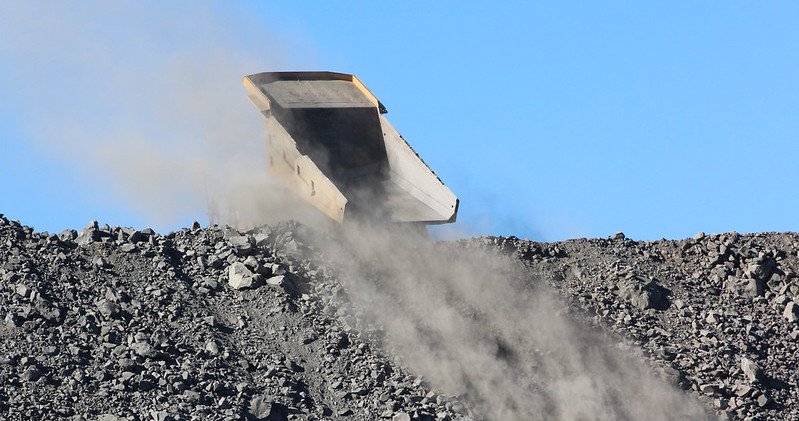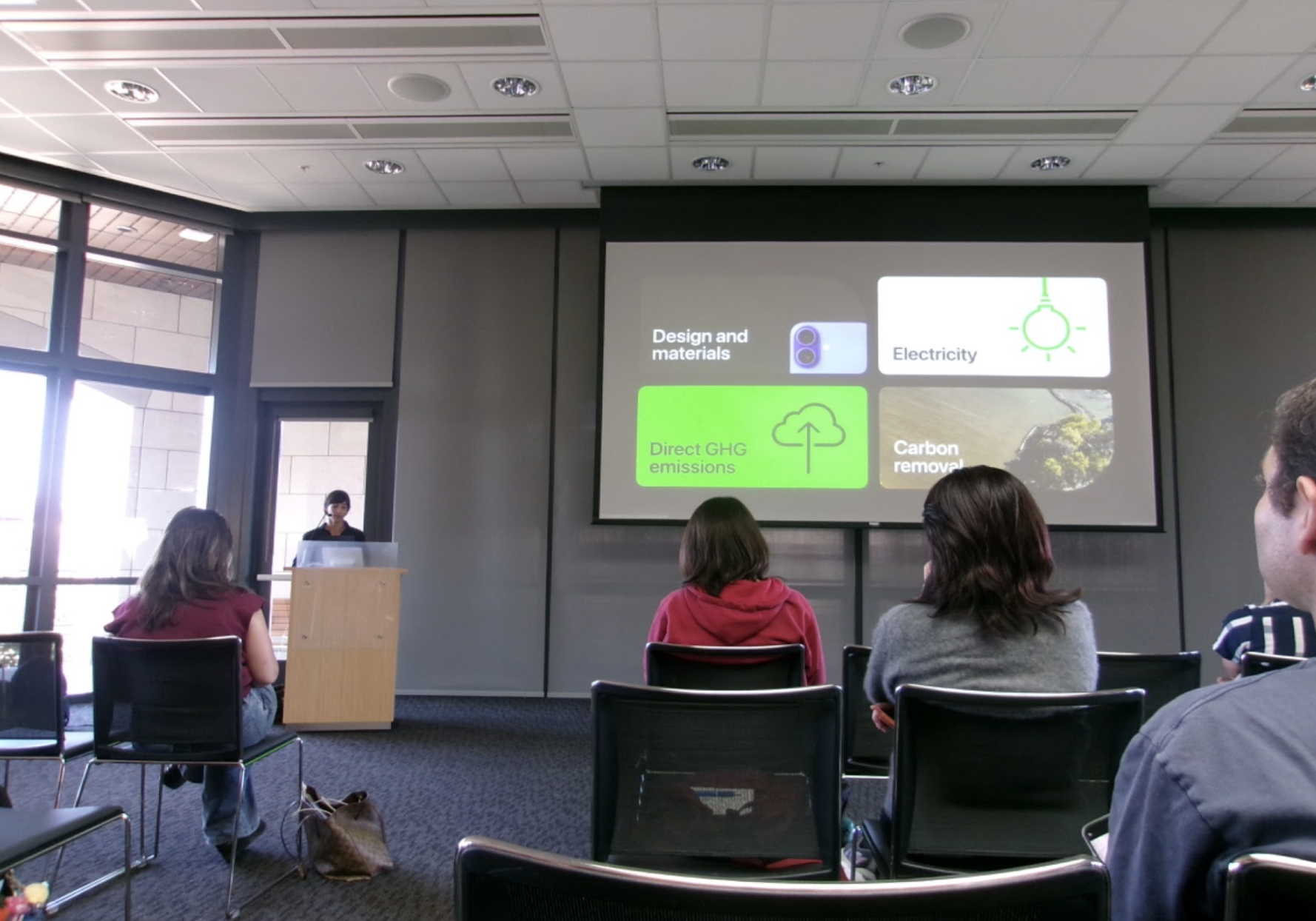Environmental and Public Health Report: Baogang Group Operations in Inner Mongolia
1.0 Summary of Allegations
A report published on 5 July 2025 by The New York Times details allegations of severe environmental contamination and associated public health crises linked to the Baogang Group in Inner Mongolia, China. The investigation centers on the Weikuang tailings dam, from which toxic sludge has reportedly polluted the surrounding area. These events present significant challenges to the achievement of multiple Sustainable Development Goals (SDGs).
2.0 Analysis of Impacts on Sustainable Development Goals (SDGs)
2.1 SDG 3: Good Health and Well-being
- Hazardous Contamination: The environment surrounding the Weikuang tailings dam is reportedly contaminated with heavy metals and radioactive materials, including thorium, cadmium, and lead.
- Public Health Consequences: The dispersal of these pollutants through groundwater and dust poses serious health risks to local communities. This directly contravenes SDG Target 3.9, which aims to reduce illnesses from hazardous chemicals and pollution. Specific impacts cited include:
- Intellectual development disorders among children.
- An increase in pollution-related illnesses in the region.
2.2 SDG 6: Clean Water and Sanitation & SDG 15: Life on Land
- Groundwater Pollution: The seepage of toxic sludge into groundwater sources constitutes a direct failure to meet SDG Target 6.3, which calls for improving water quality by reducing pollution and eliminating the dumping of hazardous materials.
- Ecosystem Degradation: The contamination of soil and water degrades local terrestrial and freshwater ecosystems, undermining progress towards SDG Target 15.1 (conservation and restoration of ecosystems) and SDG Target 15.5 (action to reduce the degradation of natural habitats).
2.3 SDG 12: Responsible Consumption and Production
- Waste Mismanagement: The handling of industrial byproducts, specifically the toxic sludge, indicates a failure to adhere to SDG Target 12.4, concerning the environmentally sound management of chemicals and wastes throughout their life cycle.
- Unsustainable Production: The persistent pollution highlights production patterns that are inconsistent with the principles of sustainable resource management and waste reduction outlined in SDG 12.
3.0 Governance and Accountability Deficiencies
3.1 SDG 16: Peace, Justice and Strong Institutions
- Lack of Transparency and Access to Information: Journalists investigating the site were reportedly detained, and company officials declared the site a “business secret.” This obstruction impedes public access to information, a key component of SDG Target 16.10.
- Institutional Oversight Failure: The report suggests that Baogang Group’s close relationship with provincial authorities complicates effective oversight, challenging the development of the accountable and transparent institutions required by SDG Target 16.6.
- Corporate Accountability: Baogang Group did not respond to a request for comment from the Business & Human Rights Resource Centre, indicating a lack of engagement and accountability regarding the allegations.
Analysis of SDGs, Targets, and Indicators
1. Which SDGs are addressed or connected to the issues highlighted in the article?
-
SDG 3: Good Health and Well-being
The article directly connects the environmental contamination to severe public health issues, mentioning “serious health risks,” “intellectual development disorders,” and “pollution-related illnesses among children.” This highlights a failure to ensure healthy lives and promote well-being for the community near the Baogang Group’s operations.
-
SDG 6: Clean Water and Sanitation
The report explicitly states that toxic sludge has “seeped into groundwater.” The contamination of a vital water source with heavy metals and radioactive materials is a clear issue related to the availability and sustainable management of clean water.
-
SDG 12: Responsible Consumption and Production
The core problem originates from the unsustainable production practices of a mining and steel company. The “toxic sludge from the group’s Weikuang tailings dam” represents a failure in the environmentally sound management of industrial waste, a key component of this SDG.
-
SDG 16: Peace, Justice and Strong Institutions
This goal is relevant due to the lack of transparency and accountability. The detention of journalists, the company’s claim that the site was a “business secret,” and the mention that “Baogang’s close ties to provincial authorities complicate effective oversight” all point to weak, non-transparent institutions and a lack of public access to information.
2. What specific targets under those SDGs can be identified based on the article’s content?
-
Under SDG 3:
- Target 3.9: “By 2030, substantially reduce the number of deaths and illnesses from hazardous chemicals and air, water and soil pollution and contamination.” The article’s focus on illnesses among children caused by contamination from heavy metals (thorium, cadmium, lead) directly relates to this target.
-
Under SDG 6:
- Target 6.3: “By 2030, improve water quality by reducing pollution, eliminating dumping and minimizing release of hazardous chemicals and materials…” The seepage of toxic sludge and pollutants into the groundwater is a direct contravention of this target to reduce water pollution from hazardous materials.
-
Under SDG 12:
- Target 12.4: “By 2020, achieve the environmentally sound management of chemicals and all wastes throughout their life cycle… and significantly reduce their release to air, water and soil in order to minimize their adverse impacts on human health and the environment.” The improper management of the Weikuang tailings dam and the resulting contamination of the environment is a clear failure to meet this target.
-
Under SDG 16:
- Target 16.6: “Develop effective, accountable and transparent institutions at all levels.” The article implies a lack of institutional effectiveness and accountability, noting that the company’s “close ties to provincial authorities complicate effective oversight.”
- Target 16.10: “Ensure public access to information and protect fundamental freedoms…” The detention of journalists attempting to investigate and the company’s refusal to comment or provide access to the site (“business secret”) are direct infringements on public access to information and press freedom.
3. Are there any indicators mentioned or implied in the article that can be used to measure progress towards the identified targets?
-
For Target 3.9:
- Implied Indicator: The incidence rate of intellectual development disorders and pollution-related illnesses in children living near the contaminated site. The article cites academic studies that link the contamination to these specific health outcomes, which could be tracked to measure the health impact.
-
For Target 6.3:
- Implied Indicator: The concentration levels of specific pollutants (thorium, cadmium, lead) in the local groundwater. The article names these specific contaminants, which can be measured to assess water quality and the extent of pollution.
-
For Target 12.4:
- Implied Indicator: The volume of untreated toxic sludge and hazardous waste released from the Weikuang tailings dam into the surrounding environment (soil, water, air). Measuring the dispersal of these materials is a direct way to gauge the effectiveness of waste management.
-
For Target 16.10:
- Implied Indicator: The number of verified cases of journalists being detained, harassed, or obstructed while reporting on environmental and corporate activities. The article provides a specific instance of this occurring.
4. Summary Table of SDGs, Targets, and Indicators
| SDGs | Targets | Indicators (Implied from the article) |
|---|---|---|
| SDG 3: Good Health and Well-being | 3.9: Substantially reduce illnesses from hazardous chemicals and pollution. | Incidence rate of pollution-related illnesses and intellectual development disorders in the local child population. |
| SDG 6: Clean Water and Sanitation | 6.3: Improve water quality by reducing pollution and minimizing the release of hazardous chemicals. | Concentration levels of thorium, cadmium, and lead in local groundwater sources. |
| SDG 12: Responsible Consumption and Production | 12.4: Achieve environmentally sound management of chemicals and all wastes. | Volume of toxic sludge and hazardous materials released from the tailings dam into the environment. |
| SDG 16: Peace, Justice and Strong Institutions | 16.6: Develop effective, accountable and transparent institutions. | Effectiveness of oversight mechanisms for the rare earth industry, measured by public access to monitoring data. |
| 16.10: Ensure public access to information and protect fundamental freedoms. | Number of verified cases of journalists being detained or obstructed while investigating corporate activities. |
Source: business-humanrights.org






